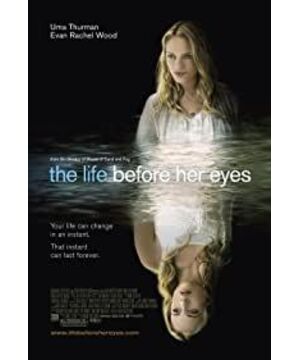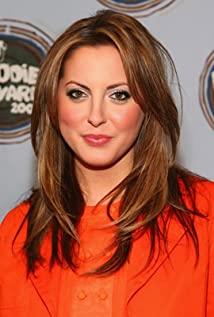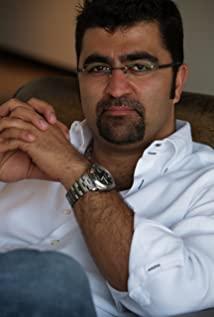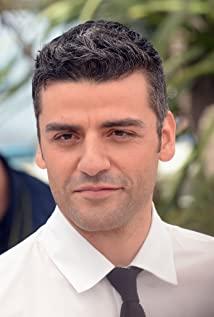The Life Before Her Eyes evaluation action
The Life Before Her Eyes quotes
-
Young Diana: [first lines - smoking in the locker room] That old bitch! I'm serious, if I have to jump over another pummel horse, or whatever they're called.
Maureen: You guys should probably put that out.
Young Diana: Why?
Maureen: Shrankins is like 5 feet behind me.
-
Diana McFee: [bedtime story she reads to Emma] When the voices of children are heard on the green. And laughing is heard on the hill. My heart is at rest within my breast. And everything else is still. Then come home my children, the sun is gone down. And the dews of night arise. Come, come, let us play, and let us away. Till the morning appears in the skies. No, no, let us play, for it is yet day. And we cannot go to sleep. Besides, in the sky the little birds fly. And the hills are all covered with sheep. Well, well, go and play till the light fades away. And then go home to bed. The little ones leaped and shouted and laughed. And all the hills echoed.











